The Blue Zone Diet EXPOSED! 15 Key Foods Helping People Live to 100+ (Steal Their Secrets!)

Why are people in certain parts of the world living past 100—vibrant, sharp, and medicine-free—while the rest of us struggle with fatigue, brain fog, and chronic illness by 60? It’s not genetics. It’s not magic. It’s something far more shocking—and surprisingly simple.
These “Blue Zones” hide a powerful dietary pattern the modern world has nearly forgotten. While we chase superfoods and expensive supplements, they’re quietly thriving on specific everyday ingredients that science now backs.
Today, we’re pulling back the curtain. Inside this article, you’ll uncover the 15 most powerful foods fueling these long-lived communities. From gut-healing staples to anti-aging nutrient bombs—these are the real secrets your body’s been craving. Want energy, clarity, and longevity without the guesswork? Steal their plate. The truth (and your transformation) starts now.
1. Beans and Legumes: The Longevity Powerhouse
Centenarians across all Blue Zones share one remarkable habit: they eat beans every single day. From the black beans of Costa Rica’s Nicoya Peninsula to the fava beans of Ikaria, Greece, these protein-packed powerhouses fuel extraordinary lifespans.
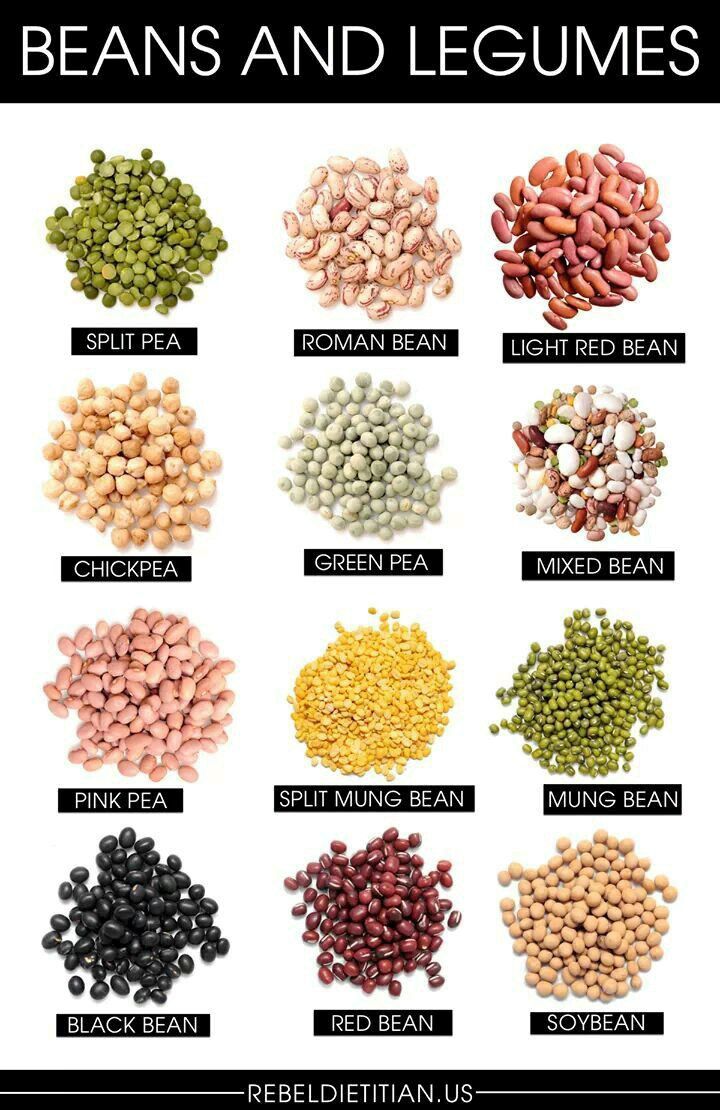
Research shows that people consuming just one cup of legumes daily reduce their risk of death by 7-8%. These humble foods deliver complete amino acids, soluble fiber that feeds beneficial gut bacteria, and antioxidants that fight cellular damage.
Mediterranean populations have thrived on chickpeas and lentils for millennia, while Okinawans credit their longevity to soybeans. The magic lies in their ability to stabilize blood sugar, reduce inflammation, and provide sustained energy without the health risks associated with processed foods.
Tips:
- How to perform: Replace meat with beans in three meals per week, starting with familiar dishes like chili, soups, or pasta sauces
- Preparation secret: Soak dried beans overnight and cook in large batches, then freeze portions for quick weekday meals
- Variety strategy: Rotate between different types weekly (black beans Monday, lentils Wednesday, chickpeas Friday) to maximize nutrient diversity
2. Whole Grains: Ancient Fuel for Modern Longevity
Traditional grains form the foundation of every Blue Zone diet, providing steady energy that keeps centenarians active well into their golden years. Sardinians consume hearty barley in soups and stews, while Ikarians start their day with steel-cut oats topped with local honey.
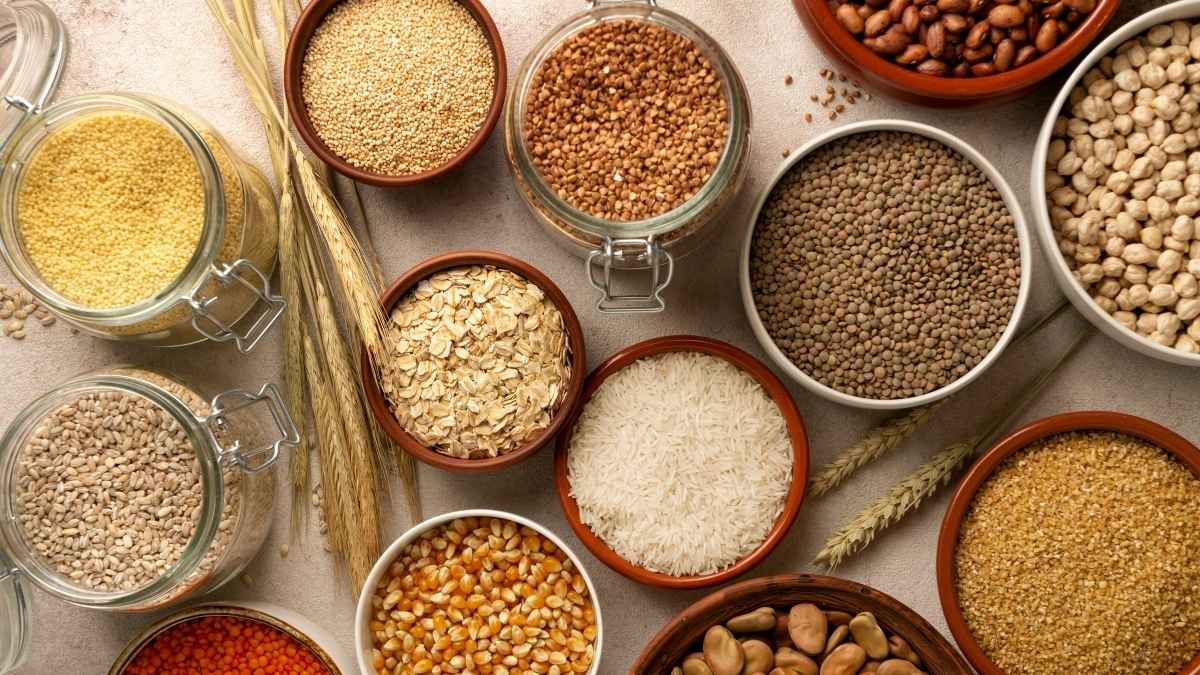
These unprocessed grains contain the complete kernel, delivering B vitamins, fiber, and minerals that refined grains destroy. Studies reveal that people eating three servings of whole grains daily live 5 years longer than those consuming refined alternatives.
The slow-burning carbohydrates prevent blood sugar spikes and crashes that accelerate aging. Sourdough bread, fermented naturally over days, breaks down gluten and increases nutrient absorption. Brown rice in Okinawa provides sustained energy for their famously active lifestyles.
Tips:
- How to perform: Swap white rice for brown rice, white bread for whole grain, and instant oats for steel-cut varieties
- Cooking technique: Toast whole grains in a dry pan before cooking to enhance nutty flavors and improve digestibility
- Storage wisdom: Buy whole grains in small quantities and store in airtight containers to prevent rancidity from natural oils
3. Leafy Greens: Nature’s Multivitamin
Every Blue Zone features an abundance of leafy greens, often foraged from wild landscapes or grown in family gardens. Sardinians gather wild fennel and dandelion greens, while Ikarians prize their horta (wild greens) sautéed with olive oil and lemon.
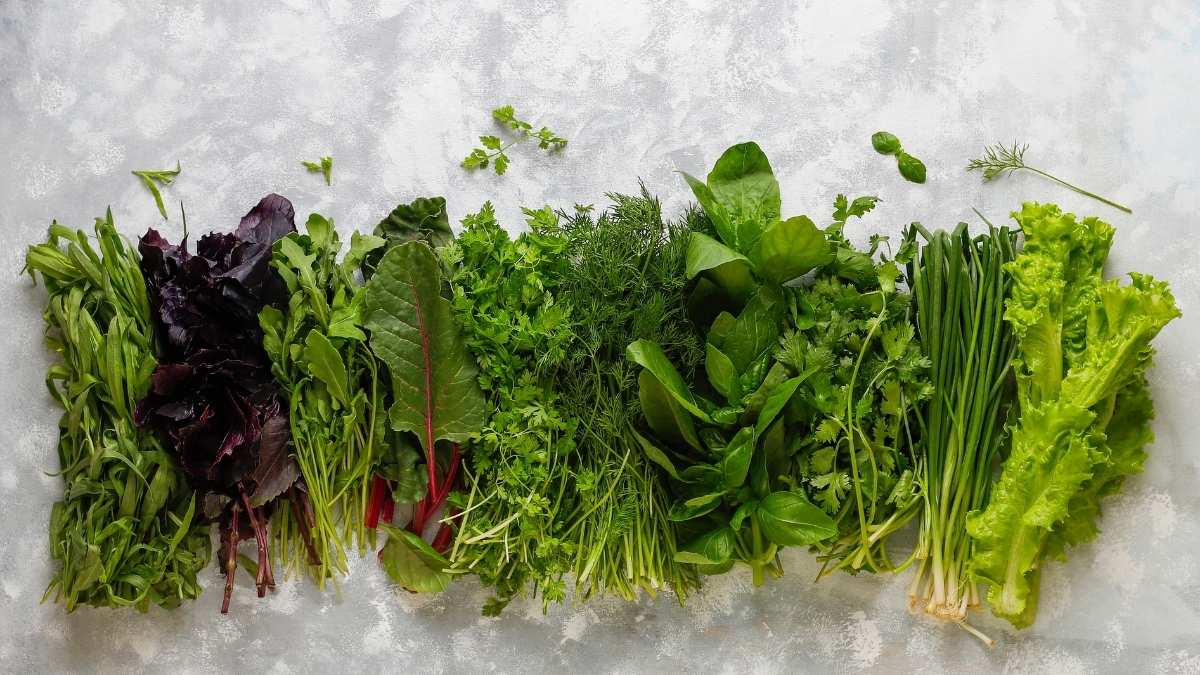
These nutrient-dense leaves contain folate, vitamin K, and nitrates that support brain function and cardiovascular health. Research indicates that consuming just one serving of leafy greens daily can slow cognitive decline by 11 years. The deep green color signals high chlorophyll content, which aids detoxification and cellular repair.
Okinawans consume sweet potato leaves alongside the tubers, maximizing their nutritional intake. Many of these greens grow wild, requiring no agricultural resources while providing superior nutrition to cultivated varieties.
Tips:
- How to perform: Add a handful of spinach to smoothies, soups, or pasta dishes without altering the taste significantly
- Wild option: Learn to identify edible wild greens like dandelion, purslane, or lamb’s quarters in your local area
- Preparation method: Massage kale with olive oil and lemon juice for 2 minutes to break down tough fibers and improve flavor
4. Nuts and Seeds: Small Packages, Big Benefits
Blue Zone inhabitants treat nuts as daily medicine, consuming about an ounce each day with remarkable consistency. Adventists in Loma Linda rely on almonds and walnuts for plant-based protein, while Mediterranean populations crack fresh nuts as afternoon snacks.

These concentrated nutrients provide healthy fats that protect against heart disease and support brain function throughout aging. Scientific evidence shows that eating nuts five times per week extends life by 2-3 years compared to nut avoiders.
The combination of omega-3 fatty acids, vitamin E, and magnesium creates a powerful anti-inflammatory effect. Raw or lightly roasted nuts retain maximum nutritional value. Walnuts specifically contain alpha-linolenic acid, crucial for brain health and memory preservation.
Tips:
- How to perform: Keep a container of mixed raw nuts visible on your counter and eat a small handful before lunch daily
- Freshness factor: Buy nuts in shells when possible and crack them yourself to ensure maximum freshness and avoid rancid oils
- Soaking technique: Soak almonds overnight in water to improve digestibility and activate enzymes that enhance nutrient absorption
5. Olive Oil: Liquid Gold for Longevity
Extra virgin olive oil flows through Mediterranean Blue Zones like liquid medicine, protecting hearts and fighting inflammation with every golden drop. Sardinians and Ikarians consume 4-6 tablespoons daily, drizzling it over vegetables, bread, and cooked grains without hesitation.
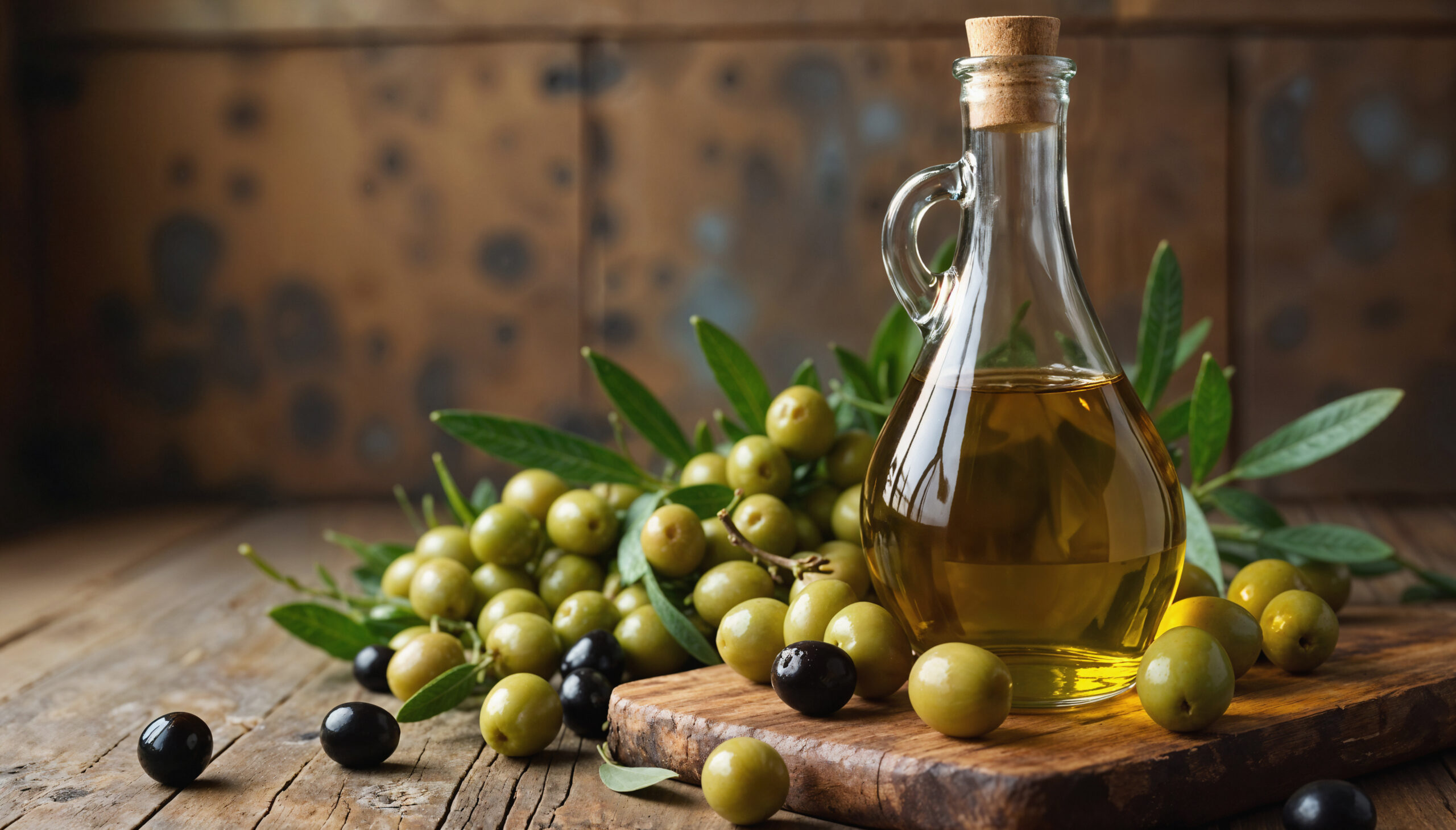
This cold-pressed treasure contains over 30 phenolic compounds that act as natural antioxidants, protecting cells from damage that accelerates aging. Studies demonstrate that populations using olive oil as their primary fat source have 13% lower rates of major cardiovascular events.
Traditional harvesting methods preserve these beneficial compounds, making quality crucial for maximum health benefits. Heat destroys many delicate nutrients, so Blue Zone residents often add olive oil after cooking.
Tips:
- How to perform: Replace butter and vegetable oils with extra virgin olive oil for cooking and finishing dishes
- Quality check: Choose dark glass bottles with harvest dates within 18 months and look for single-origin varieties
- Temperature control: Use olive oil for low to medium heat cooking, saving high-heat methods for more stable oils like avocado oil
6. Fish and Seafood: Ocean Wisdom for Land Dwellers
Coastal Blue Zones embrace the sea’s bounty with measured wisdom, consuming fish 2-3 times weekly rather than daily. Sardinians feast on anchovies and sardines, while Ikarians enjoy fresh-caught Mediterranean varieties prepared simply with herbs and olive oil.
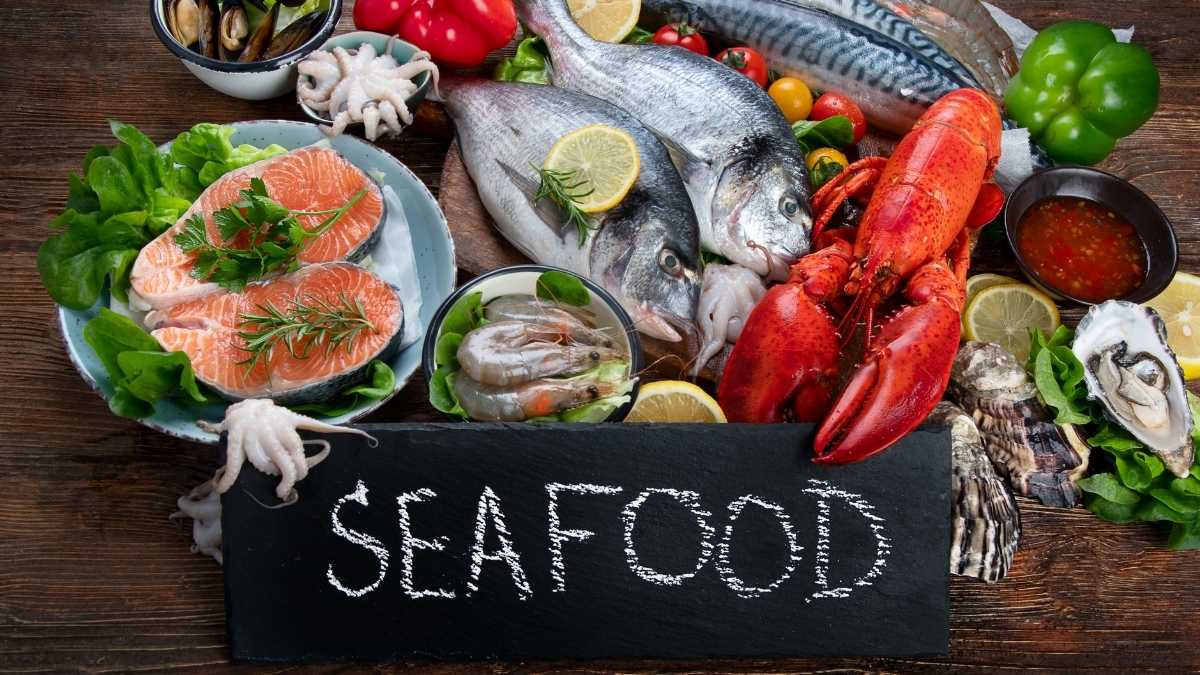
These smaller fish provide omega-3 fatty acids without the mercury concerns of larger predators. Research reveals that moderate fish consumption reduces heart disease risk by 36% while supporting cognitive function into advanced age. The high-quality protein supports muscle maintenance, crucial for mobility in later years.
Wild-caught varieties contain higher nutrient levels than farmed alternatives. Preparation methods focus on grilling, baking, or poaching rather than frying, preserving beneficial oils while avoiding harmful compounds.
Tips:
- How to perform: Choose smaller fish like sardines, anchovies, mackerel, or wild salmon twice weekly instead of larger predator fish
- Cooking method: Wrap fish in parchment paper with vegetables and herbs, then bake at 400°F for moist, flavorful results
- Sustainability focus: Buy from local fishmongers who can tell you when and where fish were caught for freshness and environmental responsibility
7. Sweet Potatoes: The Purple Power Food
Okinawan centenarians built their legendary longevity on purple sweet potatoes, consuming them as their primary carbohydrate source for centuries. These vibrant tubers contain anthocyanins, the same compounds that give blueberries their superfood status, but in much higher concentrations.
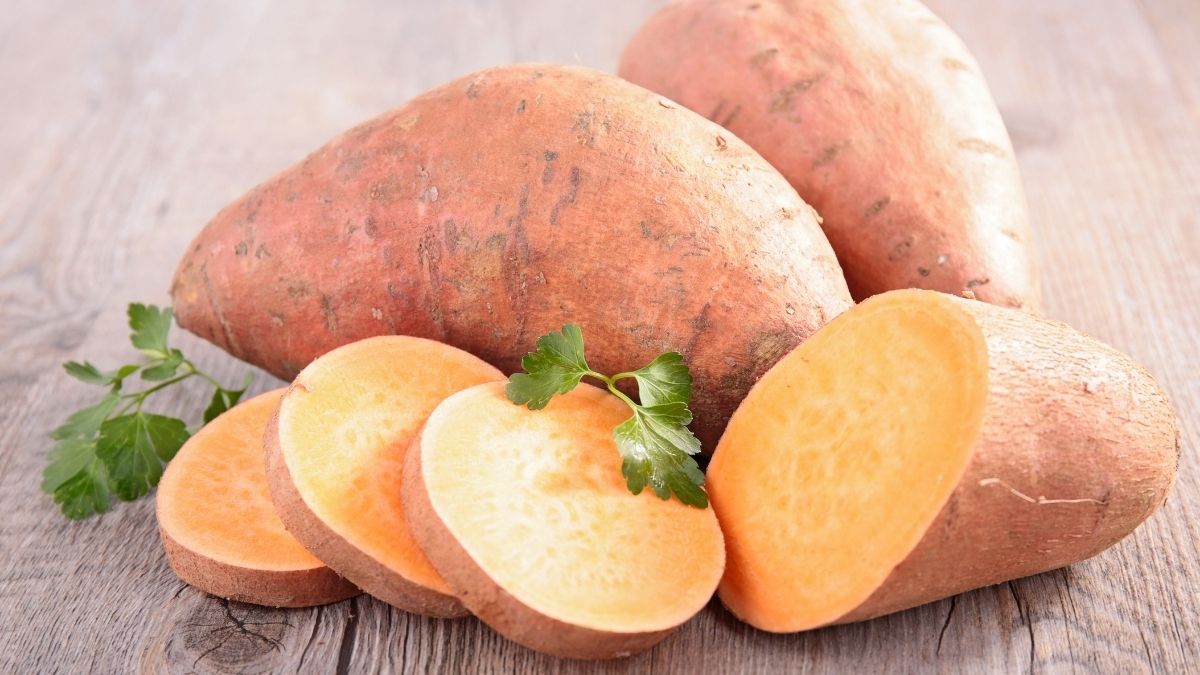
The deep purple flesh signals exceptional antioxidant activity that protects against age-related diseases and cellular damage. Unlike regular potatoes, sweet potatoes provide beta-carotene, vitamin C, and fiber while maintaining stable blood sugar levels. Traditional preparation involves simple steaming or roasting, preserving maximum nutritional value.
The leaves and stems are equally nutritious, often consumed as vegetables in traditional Okinawan cuisine. Modern research confirms that purple sweet potatoes have anti-inflammatory properties superior to orange varieties.
Tips:
- How to perform: Replace regular potatoes with sweet potatoes in meals, starting with simple roasted wedges or mashed preparations
- Color choice: Seek out purple-fleshed varieties at farmers markets or specialty stores for maximum antioxidant benefits
- Whole plant eating: Try sweet potato leaves sautéed like spinach if you can find them at Asian markets or grow your own
8. Goat’s Milk and Cheese: The Forgotten Dairy
Mediterranean Blue Zones rely on goat and sheep dairy products instead of cow’s milk, a choice that supports both digestive health and longevity. Sardinian shepherds consume fresh pecorino cheese made from sheep’s milk, while Ikarians enjoy goat yogurt with wild honey.
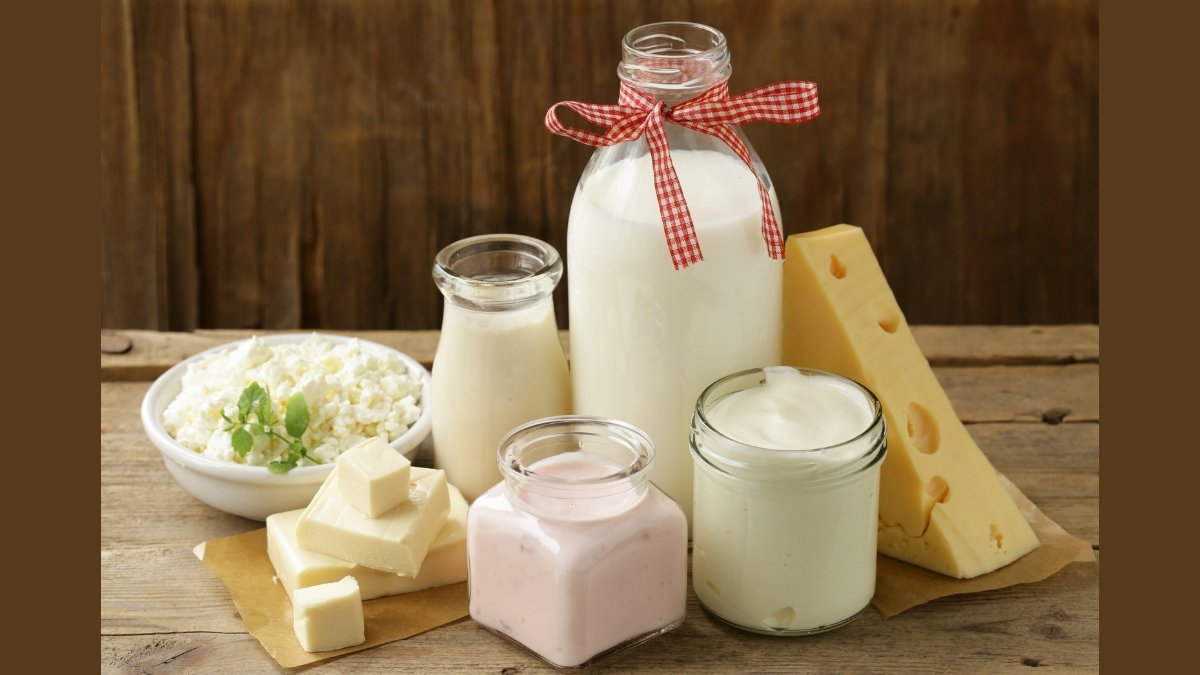
These traditional dairy sources contain smaller fat globules and different protein structures that many people digest more easily than cow dairy. The natural fermentation process creates beneficial probiotics that support gut health and immune function. Raw or minimally processed versions retain enzymes that aid digestion.
These animals often graze on wild herbs and diverse vegetation, concentrating unique nutrients in their milk. The traditional aging process for cheeses develops complex flavors while breaking down potentially problematic compounds.
Tips:
- How to perform: Substitute goat cheese for cream cheese, cow’s milk cheese, or yogurt in recipes and meals
- Digestive test: Try goat or sheep dairy if you have mild sensitivities to cow’s milk products
- Local sourcing: Find local farms or specialty stores that carry fresh goat cheese, sheep yogurt, or aged varieties for maximum benefits
9. Herbs and Spices: Medicine in Your Spice Rack
Mediterranean centenarians treat their spice cabinets as natural pharmacies, seasoning every meal with potent anti-inflammatory compounds. Rosemary grows wild across Sardinian hillsides, where locals add it to roasted meats and vegetables daily. Oregano contains carvacrol, a compound more powerful than many synthetic antioxidants, while turmeric provides curcumin that fights cellular inflammation.
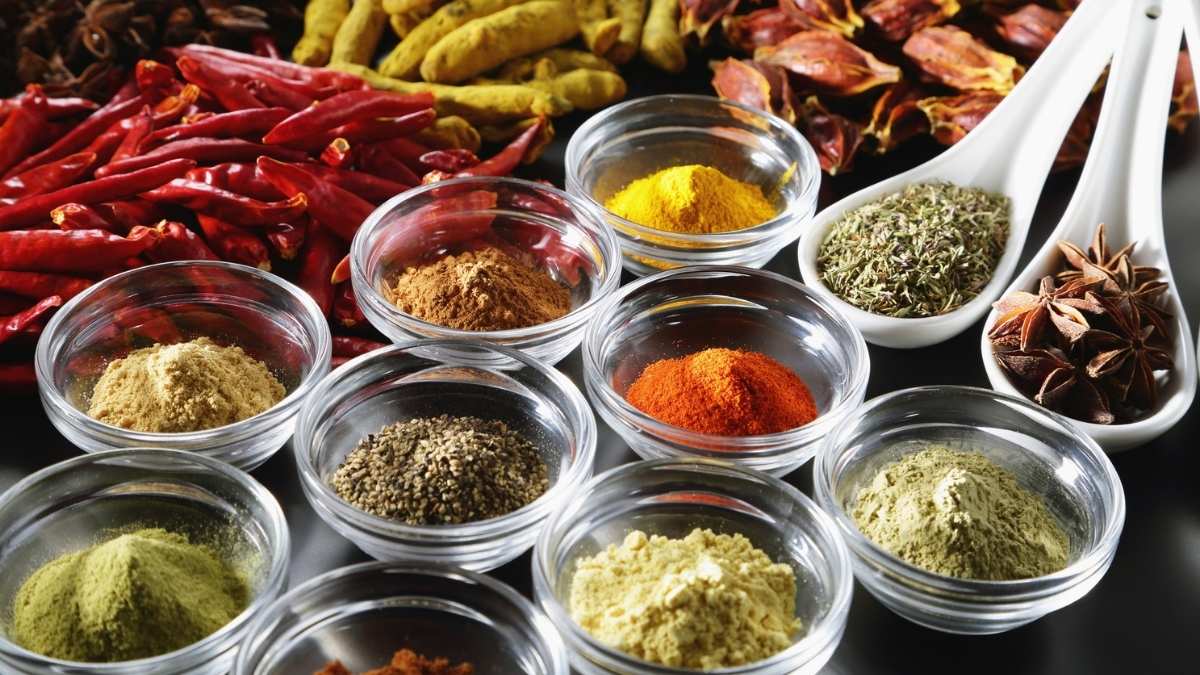
Ikarians brew mountain tea from wild herbs that grow on rocky slopes, consuming dozens of beneficial plant compounds with each cup. These aromatic additions don’t just enhance flavor; they actively combat the chronic inflammation that accelerates aging. Fresh herbs contain higher concentrations of active compounds than dried versions.
Garlic and onions, staples in Blue Zone cooking, provide sulfur compounds that support liver detoxification and immune function. The variety consumed daily creates a synergistic effect that amplifies individual benefits.
Tips:
- How to perform: Add at least three different herbs or spices to every meal you prepare, whether fresh, dried, or ground
- Growing strategy: Start an herb garden with rosemary, oregano, thyme, and parsley for year-round access to fresh medicine
- Potency preservation: Store dried spices in airtight containers away from light and replace them every 12 months for maximum strength
10. Fermented Foods: Ancient Probiotics for Modern Gut Health
Traditional fermentation transforms simple ingredients into longevity superfoods across every Blue Zone culture. Okinawans consume miso soup daily, delivering beneficial bacteria that support immune function and digestion throughout their remarkably long lives. Sardinians age their cheeses in natural caves where wild bacteria create complex probiotic profiles.

Korean immigrants to Blue Zones bring kimchi traditions that provide lactobacillus strains proven to reduce inflammation and support mental health. These time-honored preservation methods create billions of beneficial microorganisms that colonize the gut and protect against disease.
Modern research reveals that diverse gut bacteria correlate directly with longevity and reduced risk of age-related illnesses. Fermented foods also pre-digest proteins and increase vitamin absorption. The fermentation process breaks down anti-nutrients while concentrating beneficial compounds that fresh foods cannot provide.
Tips:
- How to perform: Include one serving of fermented food daily, starting with yogurt, sauerkraut, or miso soup
- Homemade advantage: Ferment vegetables at home using simple salt brines to control ingredients and maximize probiotic diversity
- Variety rotation: Consume different types of fermented foods weekly to introduce various bacterial strains to your gut microbiome
11. Seasonal Fruits: Nature’s Candy with Purpose
Blue Zone populations follow nature’s calendar, consuming fruits only when local trees and vines produce them naturally. Sardinians feast on prickly pear cactus fruits during late summer, while Ikarians gather wild berries and figs throughout autumn months. This seasonal approach provides concentrated antioxidants when plants naturally defend against environmental stress.
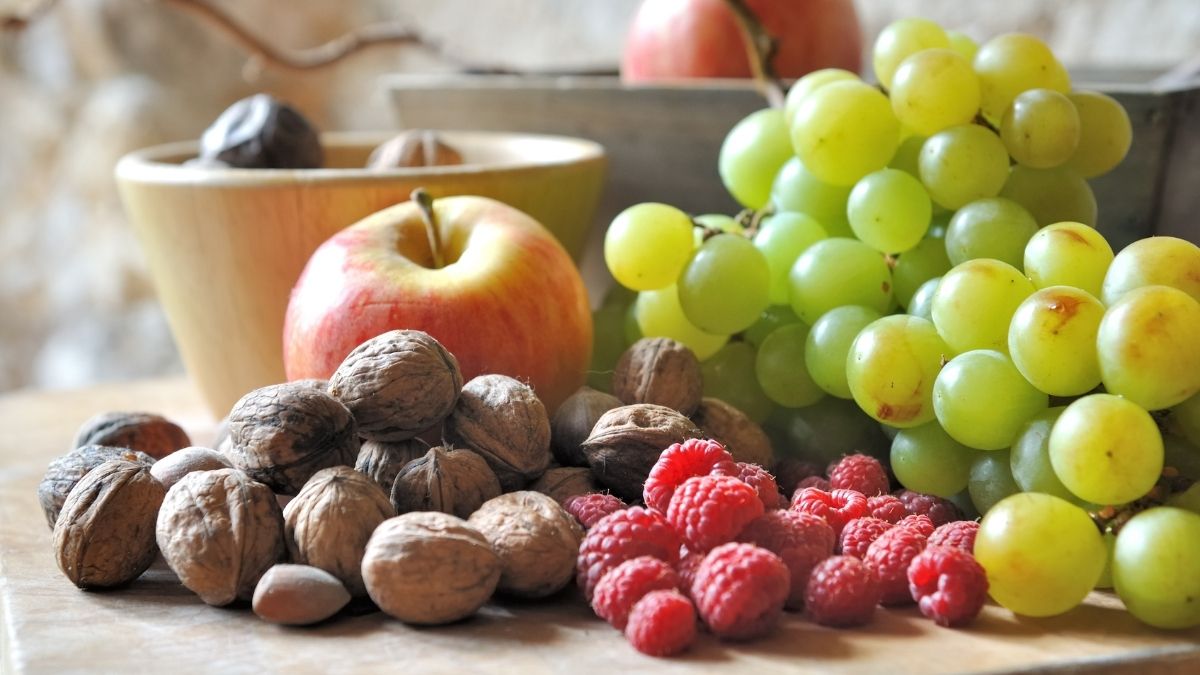
Grapes in Mediterranean regions deliver resveratrol and anthocyanins during harvest season, supporting cardiovascular health when consumed fresh. The natural sugar content satisfies sweet cravings without the blood sugar spikes associated with processed desserts.
Citrus fruits provide vitamin C during winter months when immune systems need extra support. Local varieties often contain higher nutrient levels than transported alternatives because they ripen naturally on the plant. This eating pattern creates anticipation and gratitude for nature’s gifts while maximizing nutritional benefits.
Tips:
- How to perform: Visit farmers markets weekly and buy only fruits that are currently in season in your geographic area
- Preservation methods: Learn to dry, freeze, or preserve seasonal fruits at peak ripeness for consumption during off-season months
- Local discovery: Research native fruit varieties in your region and seek out heritage breeds with superior nutritional profiles
12. Red Wine: The Controversial Longevity Elixir
Moderate red wine consumption appears consistently in Mediterranean Blue Zones, where centenarians sip 1-2 glasses daily with meals and company. Sardinian Cannonau wine contains three times more resveratrol than typical varieties, providing potent antioxidant protection against cellular damage.
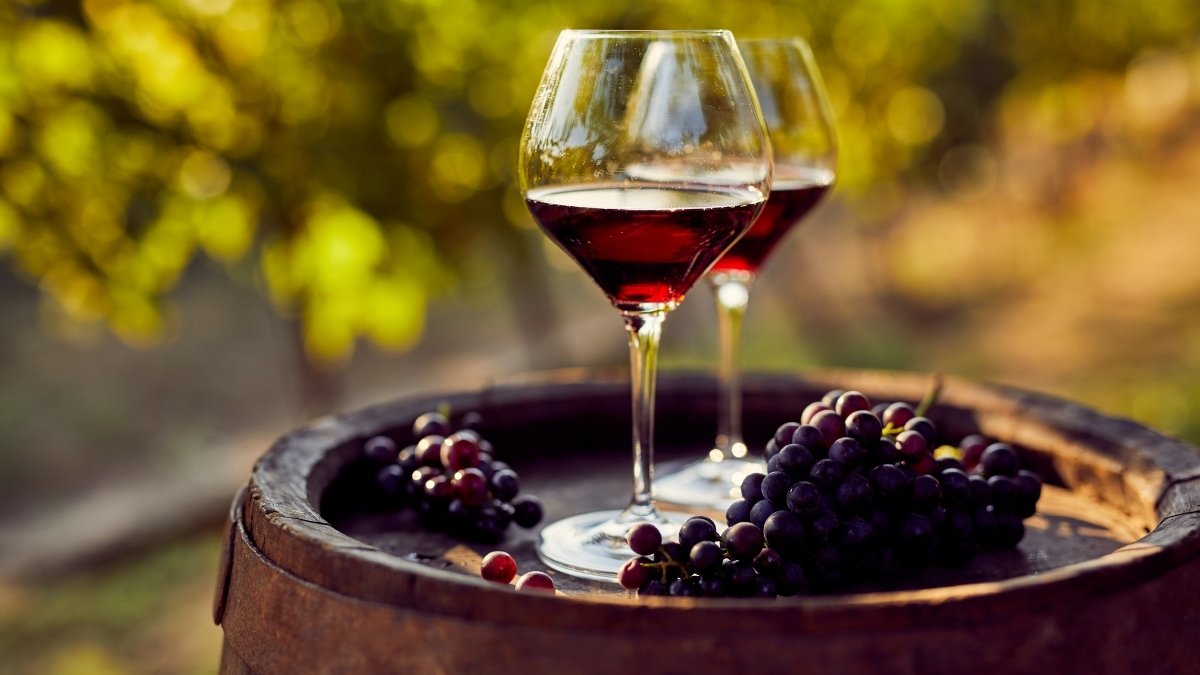
The social aspect proves equally important, as wine facilitates relaxed meals and community connections that reduce stress hormones. Studies show that moderate drinkers live longer than both heavy drinkers and complete abstainers, suggesting optimal health exists in the middle ground. The key lies in consumption patterns:
Blue Zone residents drink wine with food, never alone, and stop at two glasses maximum. The fermentation process creates unique compounds not found in fresh grapes. However, the benefits disappear rapidly with overconsumption, making moderation absolutely crucial for any potential longevity effects.
Tips:
- How to perform: Limit consumption to 1-2 glasses with dinner, always accompanied by food and preferably with others
- Quality selection: Choose organic, low-sulfite wines from traditional wine regions known for high resveratrol content
- Social context: Make wine consumption a social ritual around meals rather than a solitary stress-relief mechanism
13. Green Tea: The Daily Ritual of Wellness
Okinawan centenarians begin each day with jasmine green tea, sipping multiple cups throughout their active lifestyles. This ancient beverage provides catechins, particularly EGCG, which protect brain cells and support cognitive function into advanced age. The ritual itself creates mindful moments that reduce stress and promote social connection when shared with family or friends.
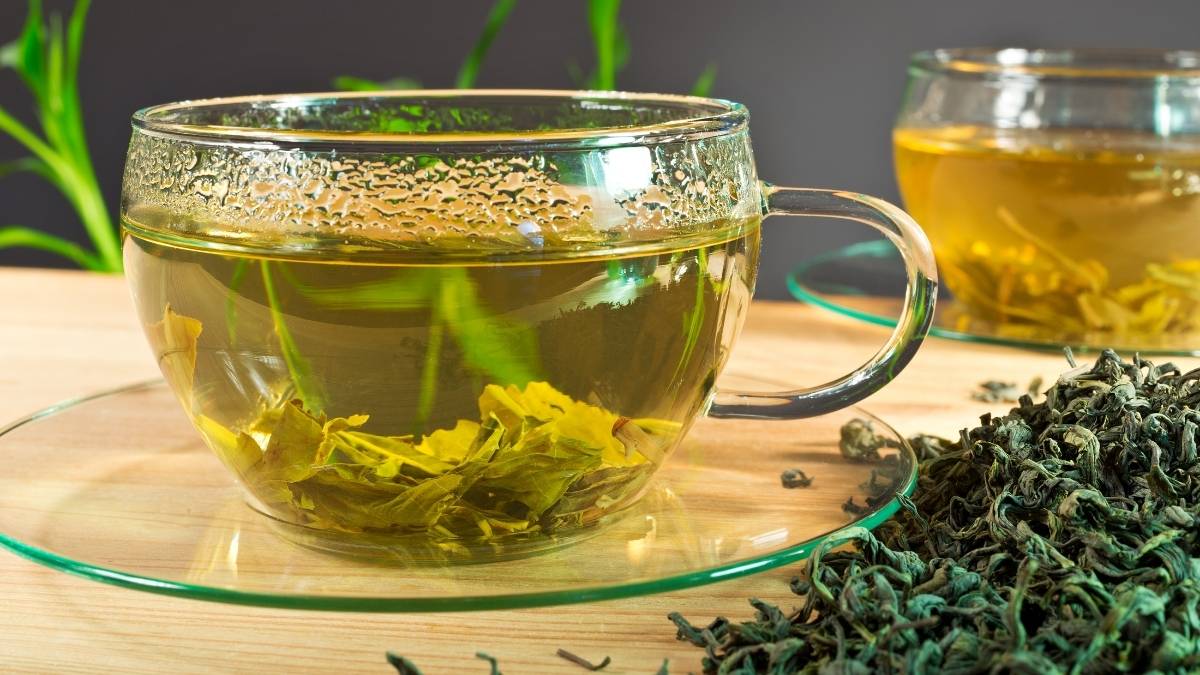
Research indicates that consuming 3-5 cups daily reduces heart disease risk by 31% while supporting healthy aging processes. The natural caffeine provides gentle energy without the crashes associated with coffee consumption. Traditional preparation involves lower water temperatures that preserve delicate compounds often destroyed by boiling water.
Matcha, powdered whole tea leaves, provides even higher concentrations of beneficial compounds. The L-theanine amino acid promotes calm alertness, creating sustained focus throughout the day.
Tips:
- How to perform: Replace one cup of coffee daily with green tea, gradually increasing to 3-4 cups spread throughout the day
- Brewing technique: Steep green tea in 175°F water for 2-3 minutes to avoid bitterness while extracting maximum antioxidants
- Mindful practice: Create a tea ritual by taking five deep breaths before drinking and focusing on the taste and warmth
14. Water: The Foundation of All Life
Blue Zone populations access clean, mineral-rich water sources that support cellular function and longevity throughout their extended lifespans. Mountain springs in Sardinia and Ikaria provide natural electrolytes and trace minerals that tap water often lacks. Proper hydration supports every bodily function, from nutrient transport to waste elimination, yet most people exist in chronic dehydration states.

Centenarians drink water consistently throughout the day rather than waiting for thirst signals, which diminish with age. The quality matters as much as quantity; chlorinated municipal water can disrupt gut bacteria while filtered options remove beneficial minerals along with contaminants.
Natural springs often contain hydrogen sulfide and other compounds that provide therapeutic benefits. Traditional Blue Zone communities consume herbal teas and broths that contribute to daily fluid intake while providing additional nutrients.
Tips:
- How to perform: Drink a full glass of water upon waking and keep a water bottle visible throughout the day for consistent sipping
- Quality upgrade: Install a carbon filter system that removes chlorine while preserving beneficial minerals, or seek local spring water sources
- Hydration variety: Count herbal teas, broths, and water-rich foods like cucumbers and melons toward your daily fluid intake goals
15. The 80% Rule: Hara Hachi Bu and Portion Wisdom
Okinawan elders practice “hara hachi bu,” stopping meals when they feel 80% satisfied rather than completely full. This ancient wisdom prevents the overeating that accelerates aging and increases disease risk throughout life. The stomach needs 20 minutes to signal fullness to the brain, so stopping early allows natural satiety mechanisms to function properly.

Studies reveal that caloric restriction without malnutrition extends lifespan across multiple species, including humans. Blue Zone populations naturally consume 10-20% fewer calories than typical Western diets while maintaining optimal nutrition levels. The practice requires mindful eating and attention to internal hunger cues rather than external portion sizes.
Smaller plates and bowls support this approach by creating visual satisfaction with appropriate amounts. Social meals eaten slowly with conversation naturally support this eating pattern by extending meal duration and increasing awareness.
Tips:
- How to perform: Put your fork down between bites and check your hunger level when you think you’re 80% full, then stop eating
- Environmental support: Use smaller plates, bowls, and utensils to create visual satisfaction with appropriate portion sizes
- Mindful speed: Chew each bite 20-30 times and engage in conversation during meals to slow eating pace and increase awareness
Final Thought:
The Blue Zone diet isn’t about following strict rules or expensive superfoods—it’s about returning to simple, time-tested eating patterns that have sustained human health for generations. These centenarians didn’t stumble upon longevity by accident; they built their remarkable lifespans through consistent daily choices that prioritize whole foods, moderate portions, and mindful consumption.
Start with just one or two of these practices and gradually incorporate others as they become natural habits. Remember that longevity comes not from perfection but from persistence in making choices that nourish your body and soul. The path to 100+ years begins with your next meal, so choose foods that have been feeding healthy communities for centuries rather than products created in laboratories yesterday.
Your future self will thank you for every bean you eat, every mindful sip of tea, and every meal you finish at 80% full.






